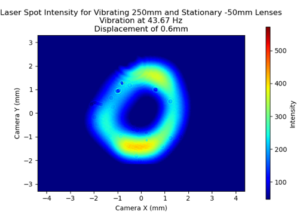Clément is building an acoustic levitator and is also working on the modeling part of it.
If you want to make your own levitator, which can be a great educational tool, you can look at these resources:
- Tutorial with multiple references here: https://www.instructables.com/Acoustic-Levitator/
- and a journal by Asier Marzo, Adrian Barnes and Bruce W. Drinkwater entitled “TinyLev: A multi-emitter single-axis acoustic levitator” in Review of Scientific Instruments.
- You can see some of Bruce’s other cool stuff here

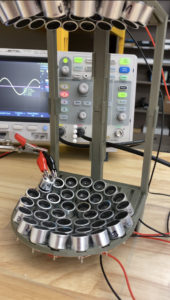
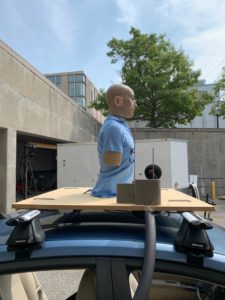
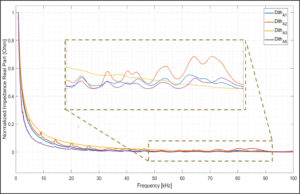
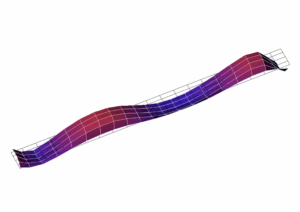

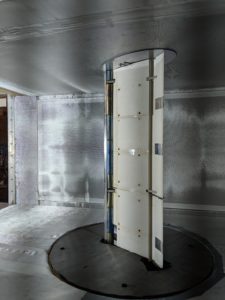 In certain flight regimes, the leading-edge slat significantly contributes to aeroacoustic noise emissions. This can be attributed to a vortex forming in the slat cove, which is largely caused by flow from the pressure side to the suction side of the wing. Preliminary studies have shown a significant reduction in aeroacoustic emissions when the slat gap is blocked, with minor impacts on aerodynamics except at extreme angles of attack. Current work focuses on developing a continuous-scanning acoustic beamforming array for source localization, as well as design and optimization of a model-scale slat-gap filler.
In certain flight regimes, the leading-edge slat significantly contributes to aeroacoustic noise emissions. This can be attributed to a vortex forming in the slat cove, which is largely caused by flow from the pressure side to the suction side of the wing. Preliminary studies have shown a significant reduction in aeroacoustic emissions when the slat gap is blocked, with minor impacts on aerodynamics except at extreme angles of attack. Current work focuses on developing a continuous-scanning acoustic beamforming array for source localization, as well as design and optimization of a model-scale slat-gap filler.